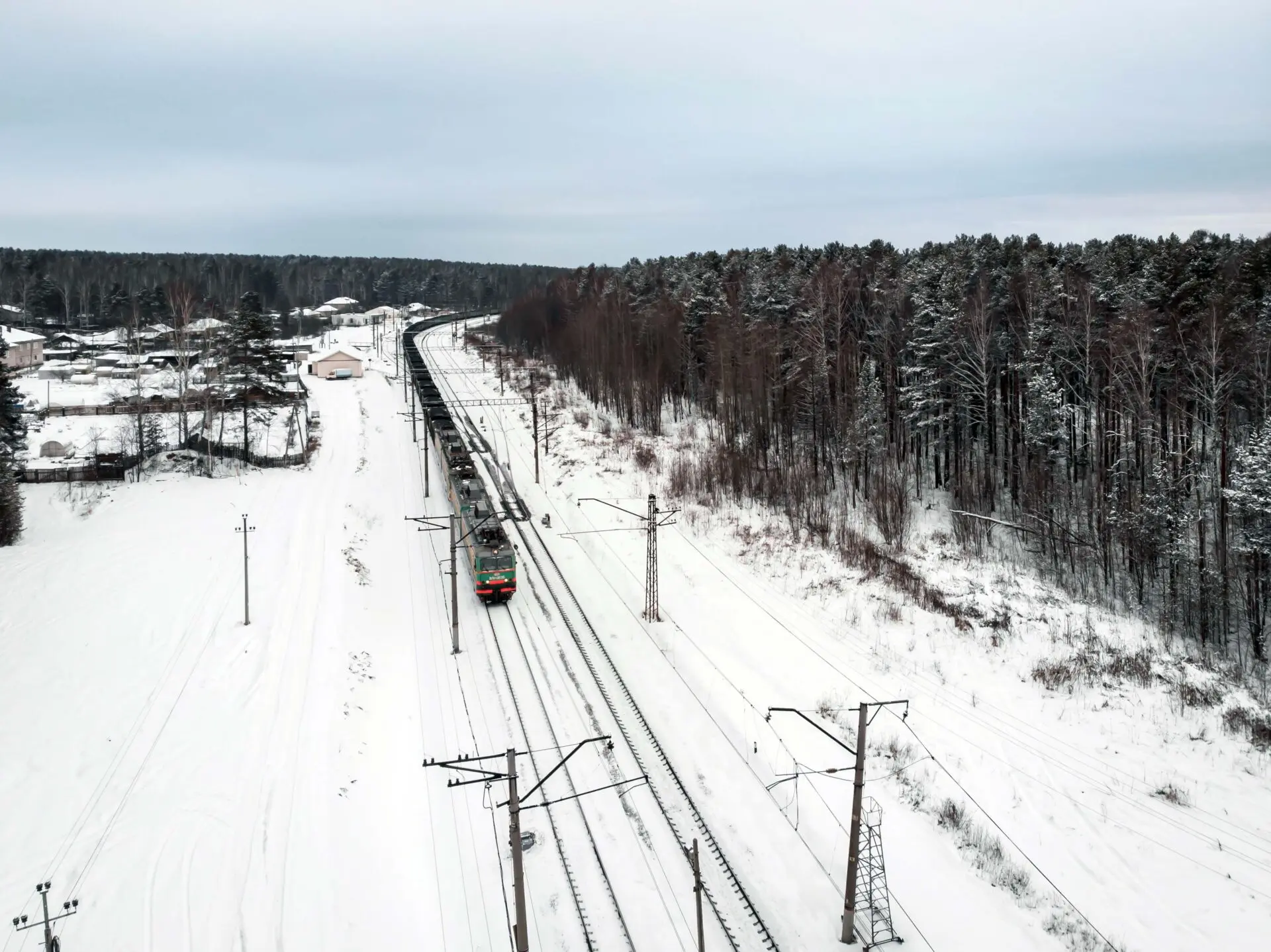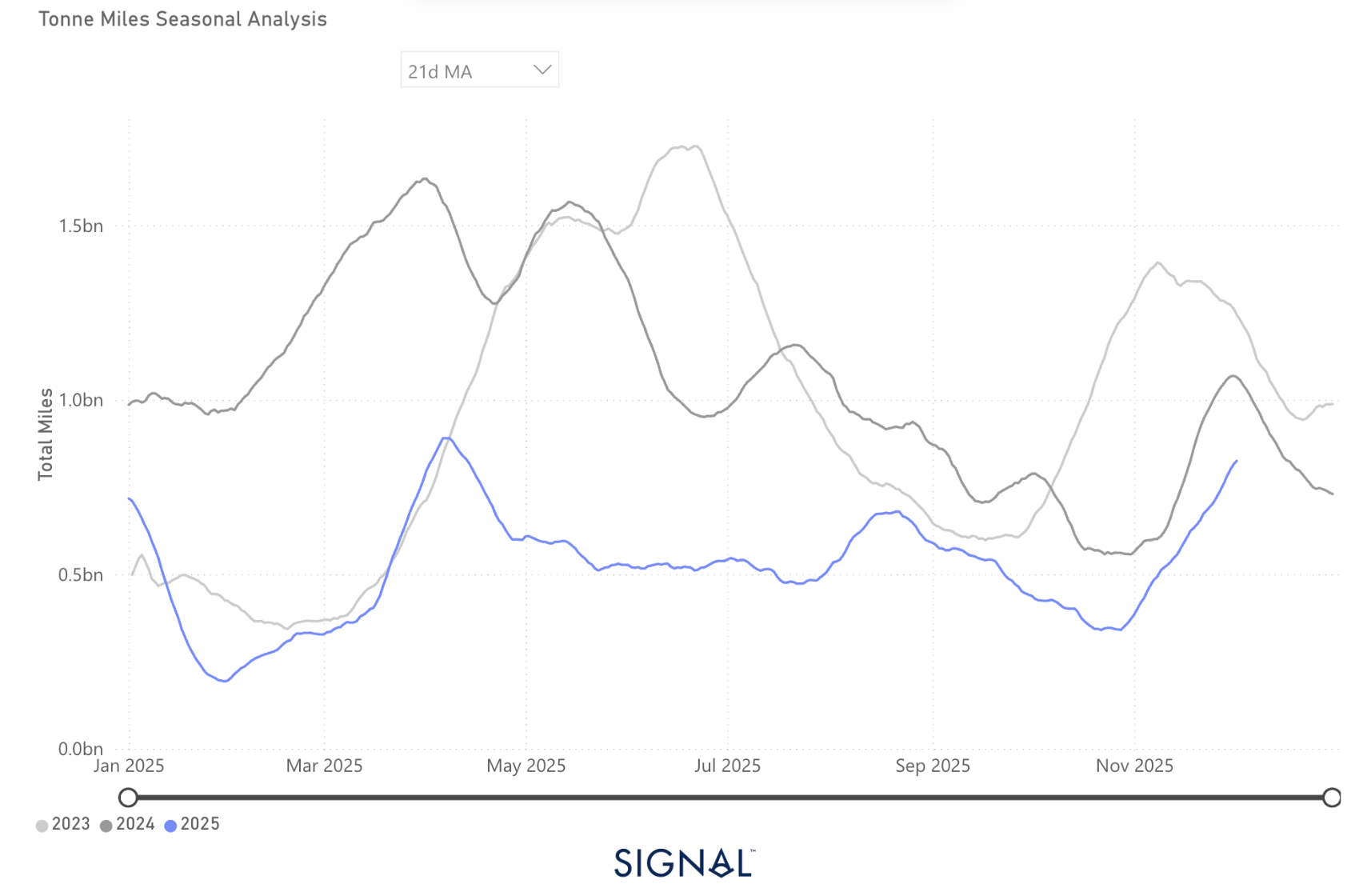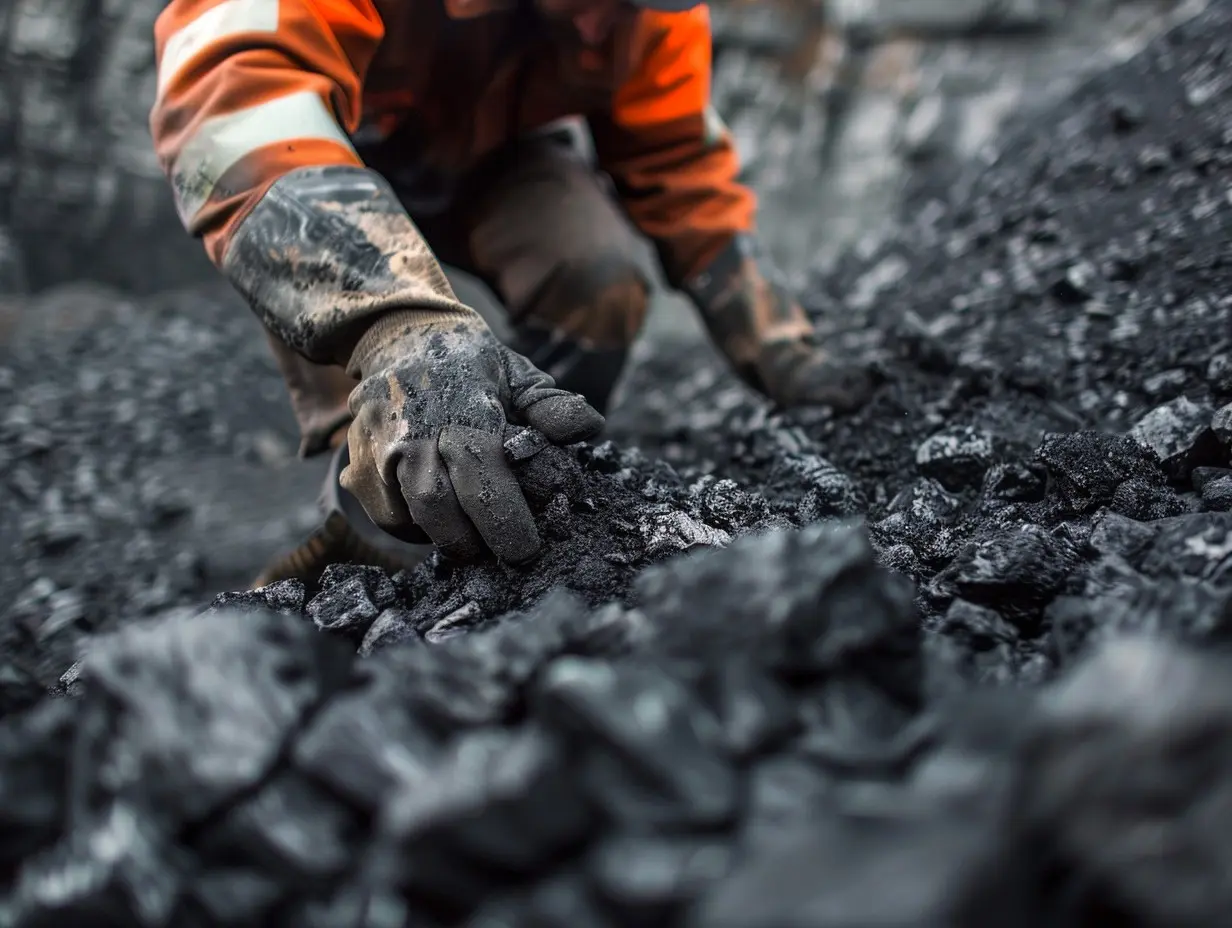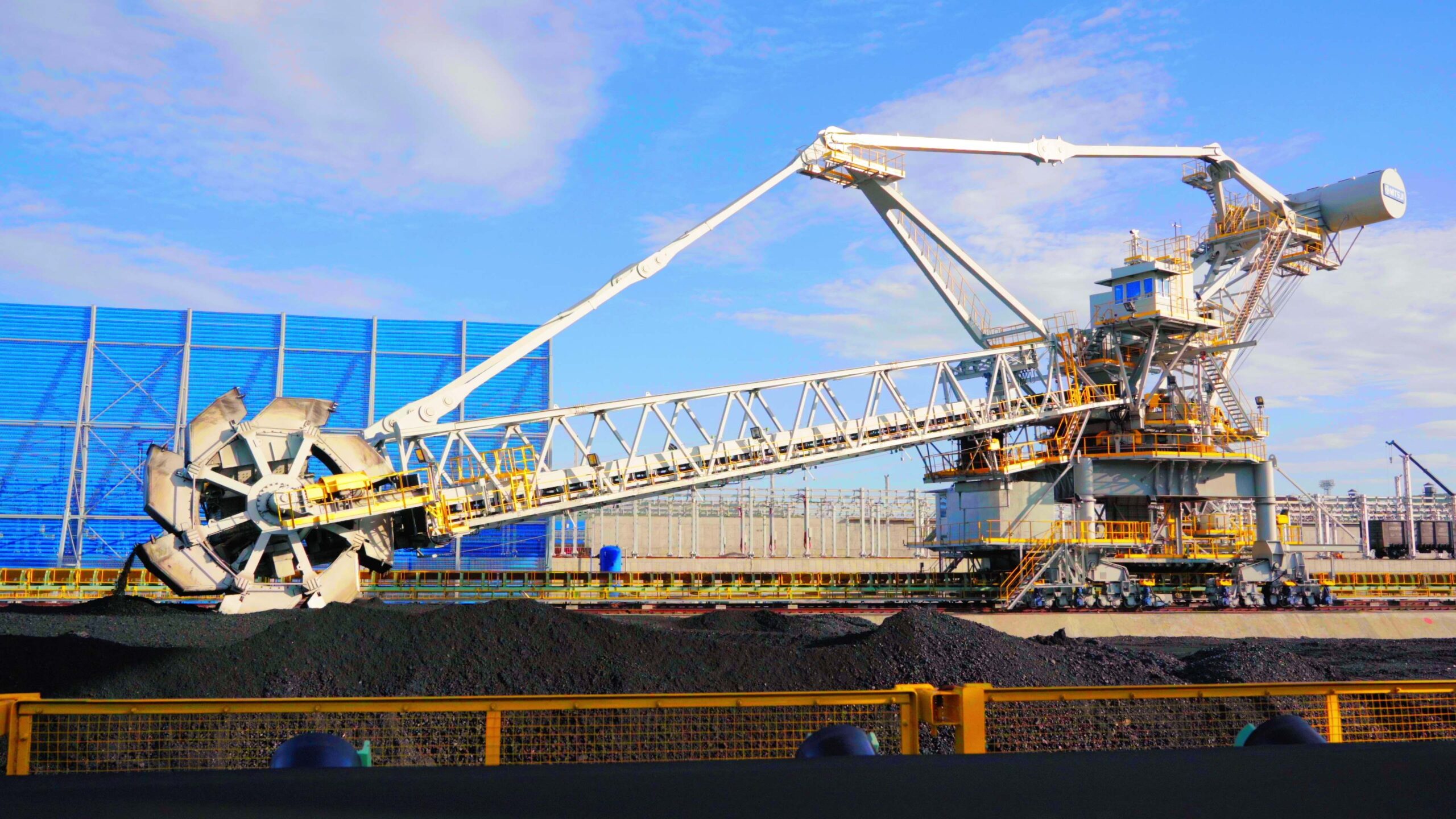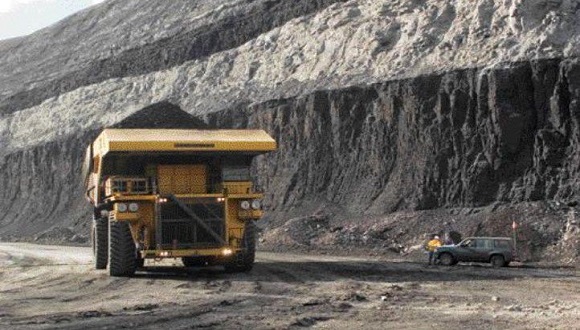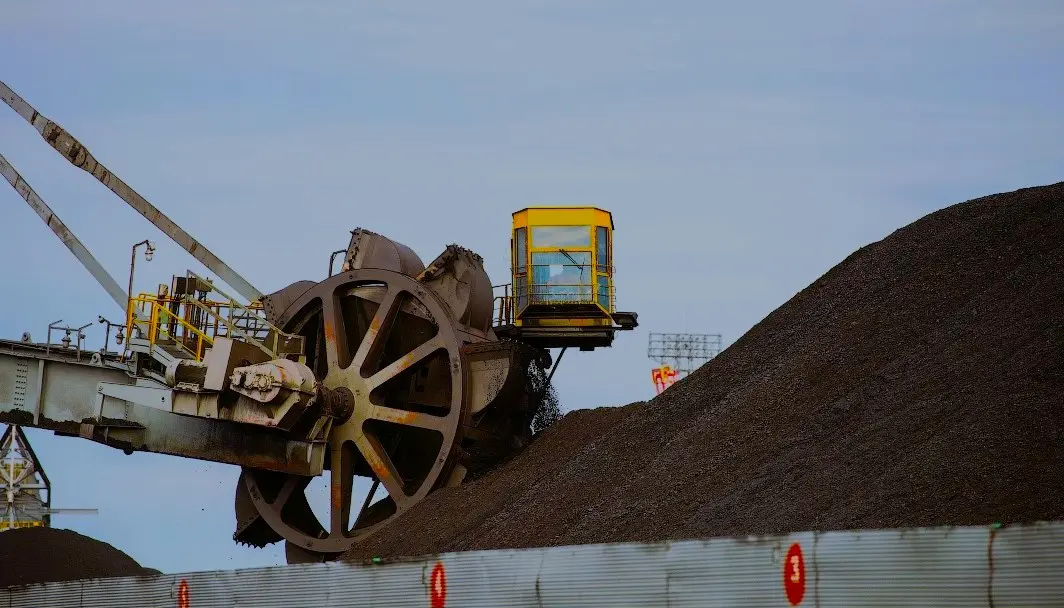
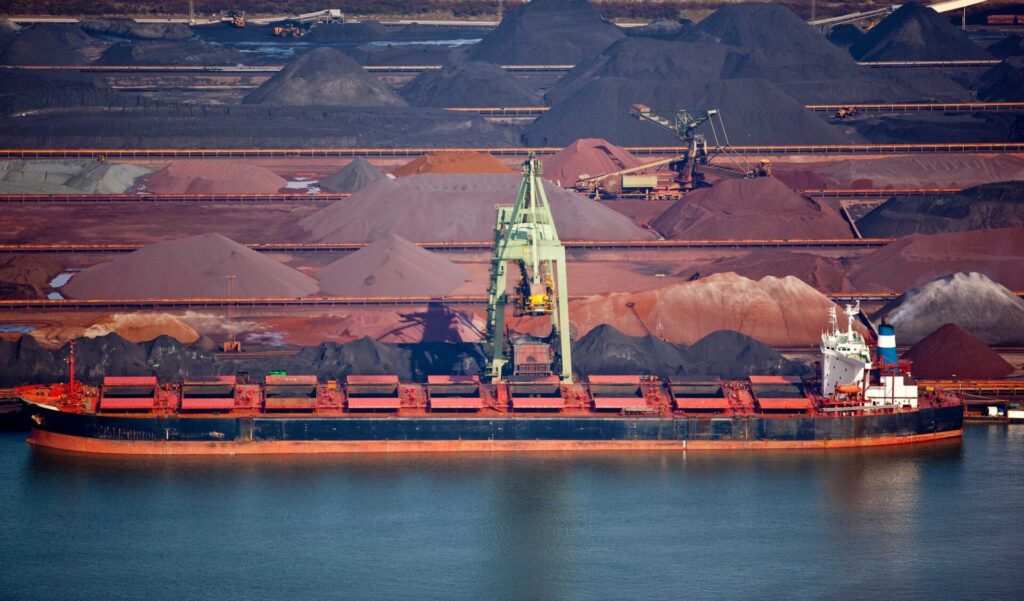
Over the past week, European thermal coal indices fell below 105 USD/t, pressured by weak demand and rising renewable generation. The Datteln 4 power plant in Germany resumed operation on February 05, however no significant increase in coal purchases is expected as it is planned to use current stockpiles. Nevertheless, colder temperatures and lower wind generation are forecasted in Europe in the near term.
Gas quotations at TTF hub rose to 573.55 USD/1,000 m3 (+21.16 USD/1,000 m3 w-o-w) on the back of active consumption and reduction of gas reserves in EU underground storage facilities to 52%. Coal stocks at ARA terminals remained flat at 4.30 mio t, but supplies are likely to grow in the coming days due to the arrival of new shipments from the US and Colombia.
South African High-CV 6,000 bounced upwards and is testing the 100 USD/t mark from below. Quotes were supported by India’s announcement of a 10% increase in fiscal spending to support steel, cement and real estate producers, signaling a likely recovery in demand for South African coal.
Rail operator Transnet expects coal loading to Richards Bay Coal Terminal (RBCT) to expand to 77 mio t within three years, owing to private investors. It will take five years and 700 mio USD to ramp up shipments to its design capacity of 81 mio t.
In China, spot prices for 5,500 NAR coal at the port of Qinhuangdao amounted to 106 USD/t (flat w-o-w). Trading resumed on February 05, but activity on the spot market remains low, as the New Year holidays continue until February 16. However, some market participants expect prices to strengthen in view of the forecasted cold snap in 10 days and the gradual recovery of industrial activity.
Inventories at the 9 major ports decreased to 25.58 mio t (-0.38 mio t w-o-w).
The Chinese authorities announced the introduction of additional 15% duties on coal and LNG from the USA, which come into effect from February 10. Thus, import duties on thermal coal from the US will rise from 6% to 21%.
Indonesian 5,900 GAR fell to 87.5 USD/t, the price of 4,200 GAR also sagged below 48 USD/t, following limited demand on the spot market caused by holidays in China and lower consumption. High inventories in turn put pressure on quotations.
The Ministry of Energy may tie coal export sales to the domestic price benchmark (HBA) to improve budget revenues, although representatives of companies fear that this initiative will harm the industry. Moreover, if exporters refuse to adhere to the new rule, their licenses may be revoked.
A barge collided with a bridge in Jambi province on Sumatra Island, prompting authorities to call for the closure of local waterways, however the event had little impact on the market.
In view of Trump’s initiative to withdraw from the Paris Agreement, Indonesian authorities are planning to reconsider the feasibility of going green and abandoning coal-fired generation.
Australian High-CV 6,000 dipped below 110 USD/t amid the general downtrend. Holidays continue in many Asian countries, putting additional pressure on the spot market.
Australian HCC metallurgical coal index remained stable at 185-186 USD/t, given the limited trading activity.
Meanwhile, the market remains oversupplied, which may cause prices to plunge below 180 USD/t in the coming weeks. The unfavorable situation is confirmed by the fact that end users resell their material (at least 3-4 Panamax parcels are offered on the spot market).
Nevertheless, higher tariffs in China may support the demand for Australian material, as Chinese import duties on coking coal from the USA will increase on February 10 from the current 3% to 18% (by about 14-21 USD/t).
However, US coal will compete with Australian coal in other Asia-Pacific countries (Japan, Malaysia, South Korea, India), where it may be redirected because of the higher duties in China.
Source: CCA Analysis

